Getting ready for Christmas while having fun with your child
Christmas is the family holiday, the occasion where all gather to celebrate and spend some time in peace and harmony. Wouldn’t it be nice if the family was involved in the organization of such celebrations and in the decoration of the house? Especially for the…


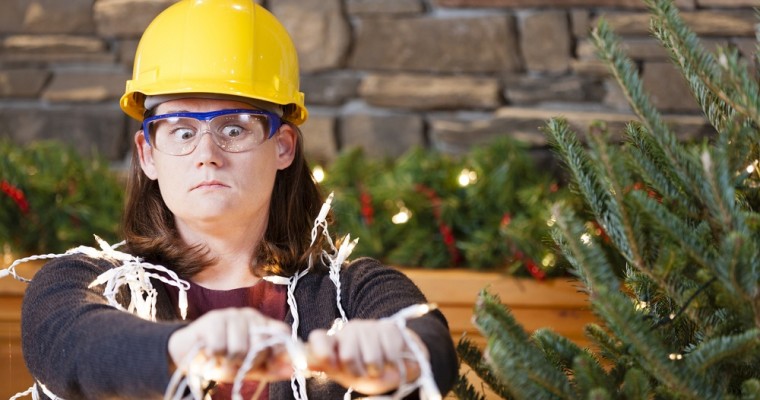

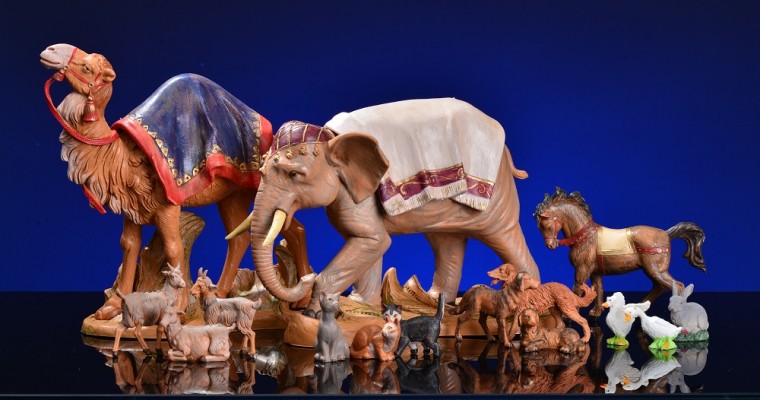
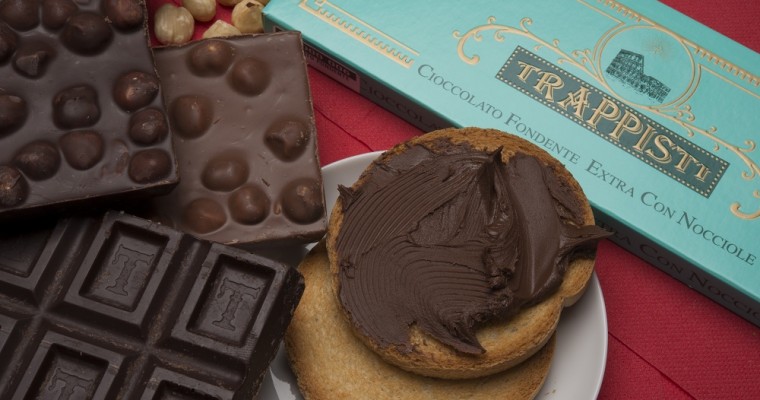

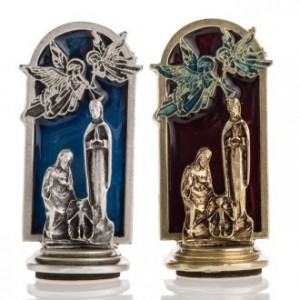
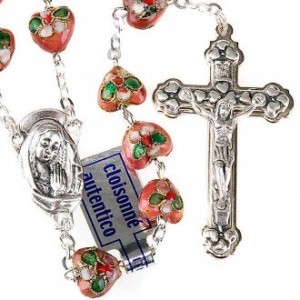
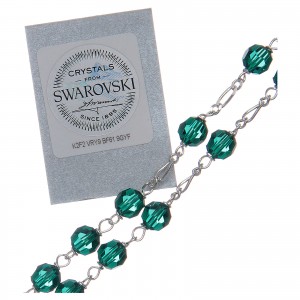
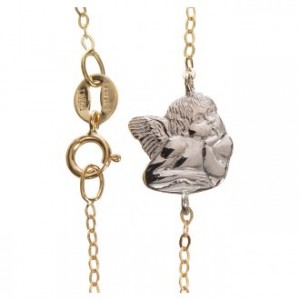
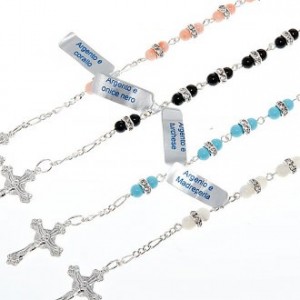

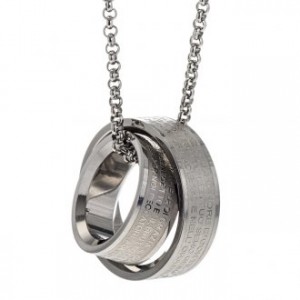
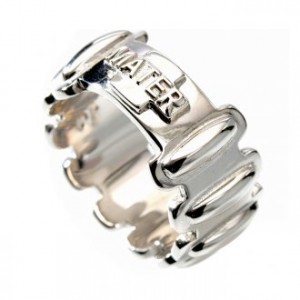
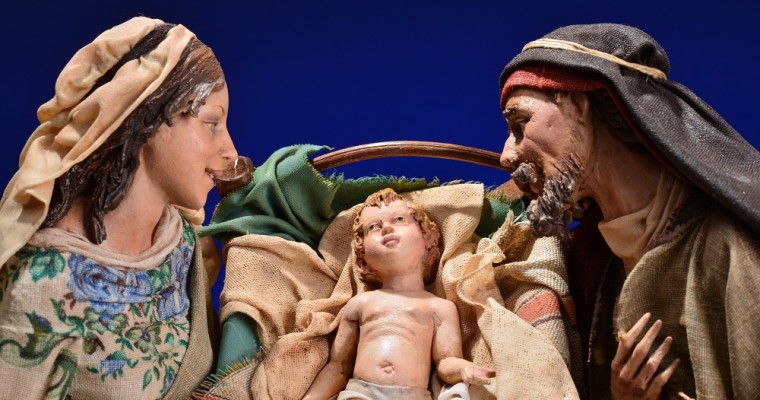


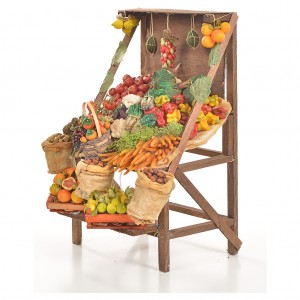
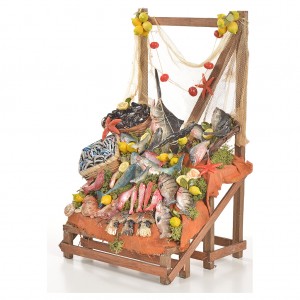
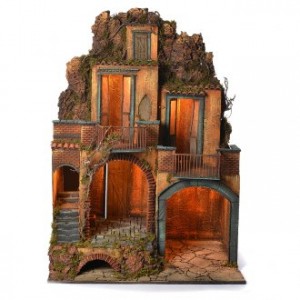
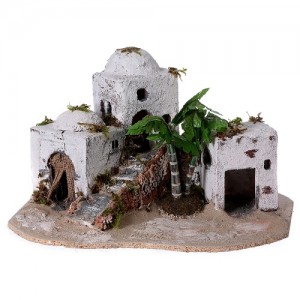
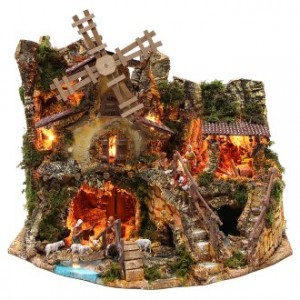
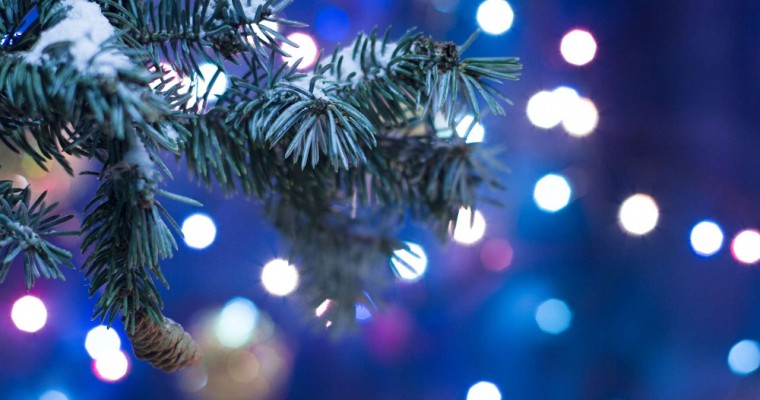


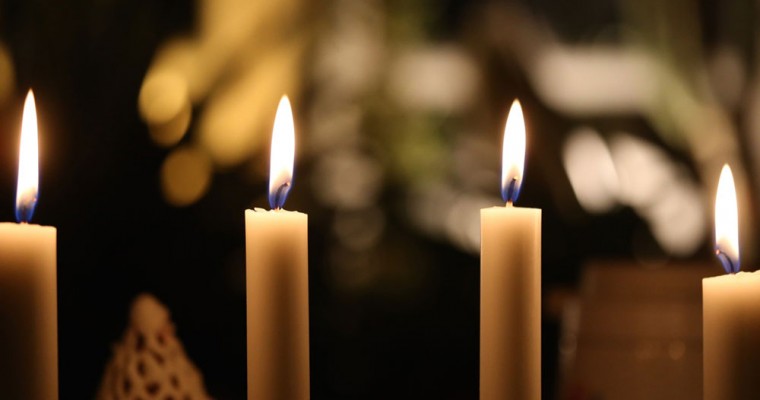
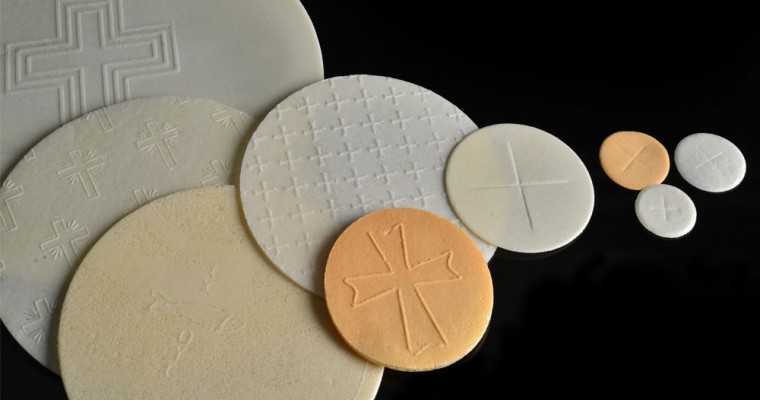

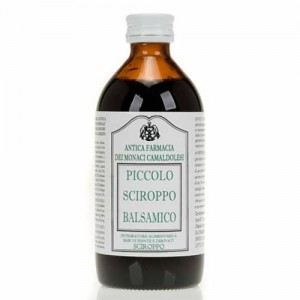
 From its leaves, an essential oil is extracted with incredible balsamic, fluidifying and expectorant properties, which have miraculous effects against cough, sinusitis and colds. Eucalyptus oil has an antibacterial and antiseptic action for urinary and genital infections too, such as cystitis, candida and leucorrhoea, as well as acting as an antiseptic for infections and skin lesions. It is even an excellent beauty product! It makes the skin luminous and the hair bright and shiny.
From its leaves, an essential oil is extracted with incredible balsamic, fluidifying and expectorant properties, which have miraculous effects against cough, sinusitis and colds. Eucalyptus oil has an antibacterial and antiseptic action for urinary and genital infections too, such as cystitis, candida and leucorrhoea, as well as acting as an antiseptic for infections and skin lesions. It is even an excellent beauty product! It makes the skin luminous and the hair bright and shiny.
 The leaves of lemon balm are pleasantly fragrant and have a taste reminiscent of lemons. This is due to the oils they are rich in, which confer exceptional anti-inflammatory and antispasmodic properties.
The leaves of lemon balm are pleasantly fragrant and have a taste reminiscent of lemons. This is due to the oils they are rich in, which confer exceptional anti-inflammatory and antispasmodic properties.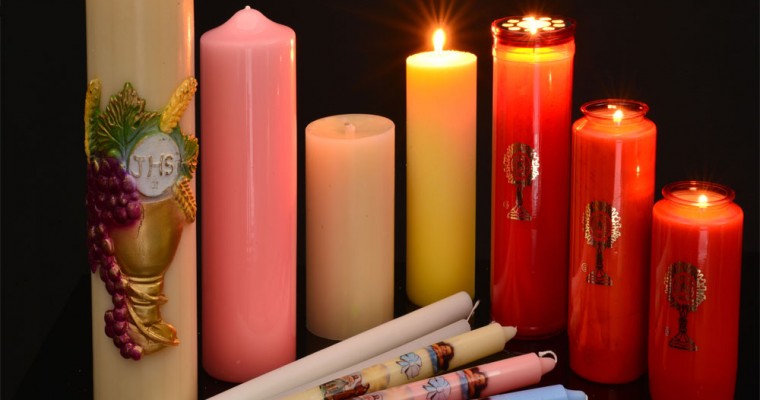
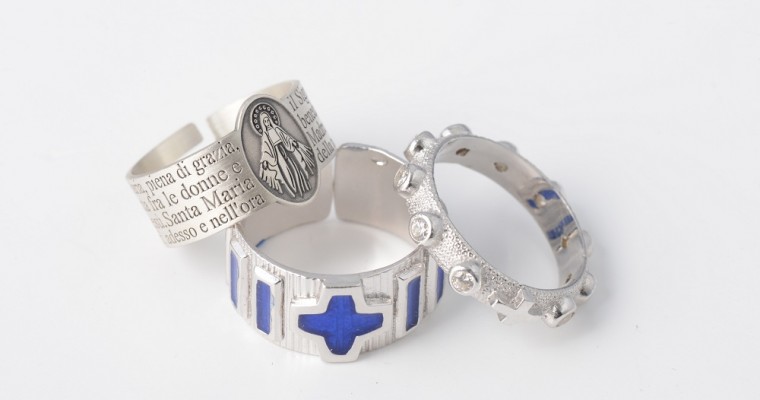
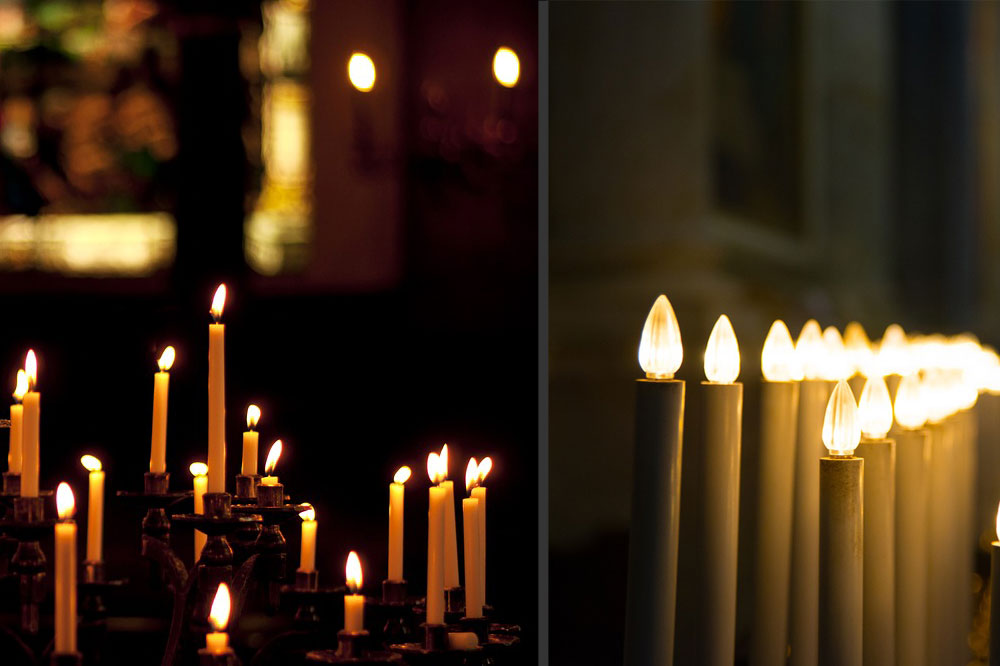
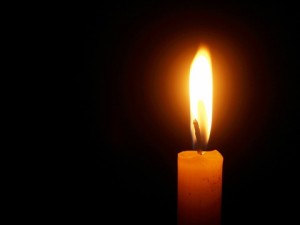 the rack, the free anchor that, by position and angle , fulfilled our expectations. Because it was important that that candle, our candle, chosen with care and reasoning, paid with the offer that we ourselves had put in the box, was positioned appropriately, and burned by consuming itself in its own wax in order to offer the light more hot and beautiful. Only in this way would Jesus, or Our Lady, listen to our silent prayers, and have fulfilled our desires: protect mum and dad, protect grandmother, protect my friends, my dog, my hamster; let me be good at school and good with my classmates; stay near the night, when I’m afraid, in the dark.
the rack, the free anchor that, by position and angle , fulfilled our expectations. Because it was important that that candle, our candle, chosen with care and reasoning, paid with the offer that we ourselves had put in the box, was positioned appropriately, and burned by consuming itself in its own wax in order to offer the light more hot and beautiful. Only in this way would Jesus, or Our Lady, listen to our silent prayers, and have fulfilled our desires: protect mum and dad, protect grandmother, protect my friends, my dog, my hamster; let me be good at school and good with my classmates; stay near the night, when I’m afraid, in the dark.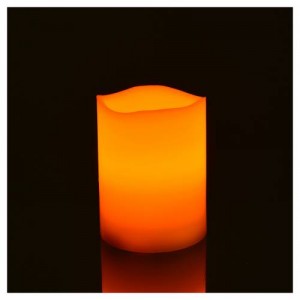 In most modern churches, but also in historical churches, the wrought iron racks have been replaced by electronic chandeliers of various types. In some cases their appearance recalls that of the old candlesticks, with wrought iron decorations, but much more often the design is more modern and essential, linear and clean. All in the
In most modern churches, but also in historical churches, the wrought iron racks have been replaced by electronic chandeliers of various types. In some cases their appearance recalls that of the old candlesticks, with wrought iron decorations, but much more often the design is more modern and essential, linear and clean. All in the 


